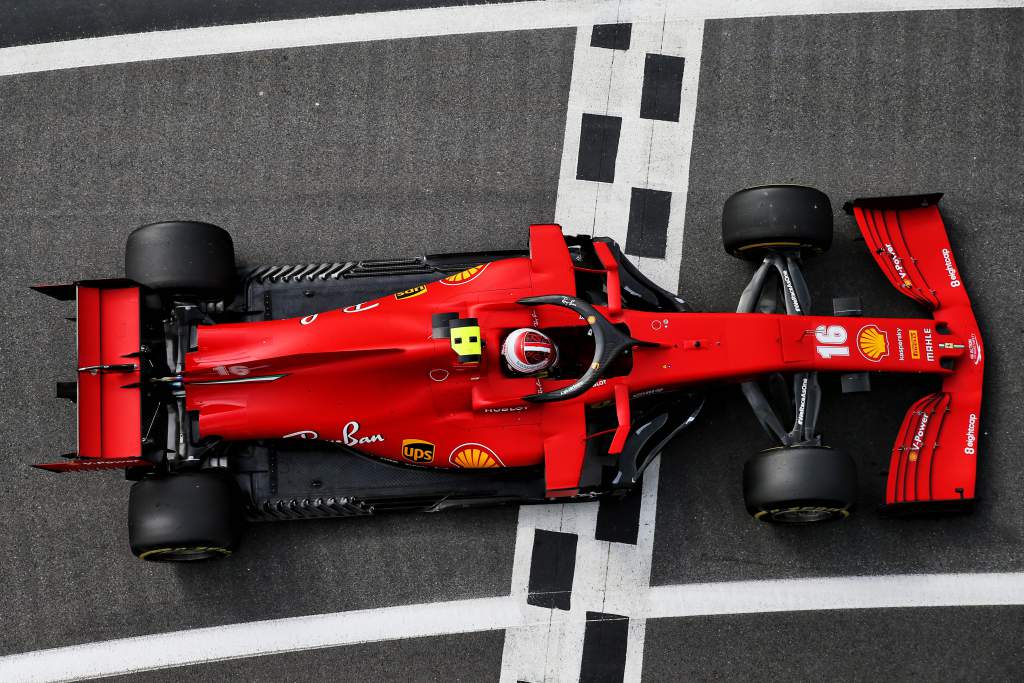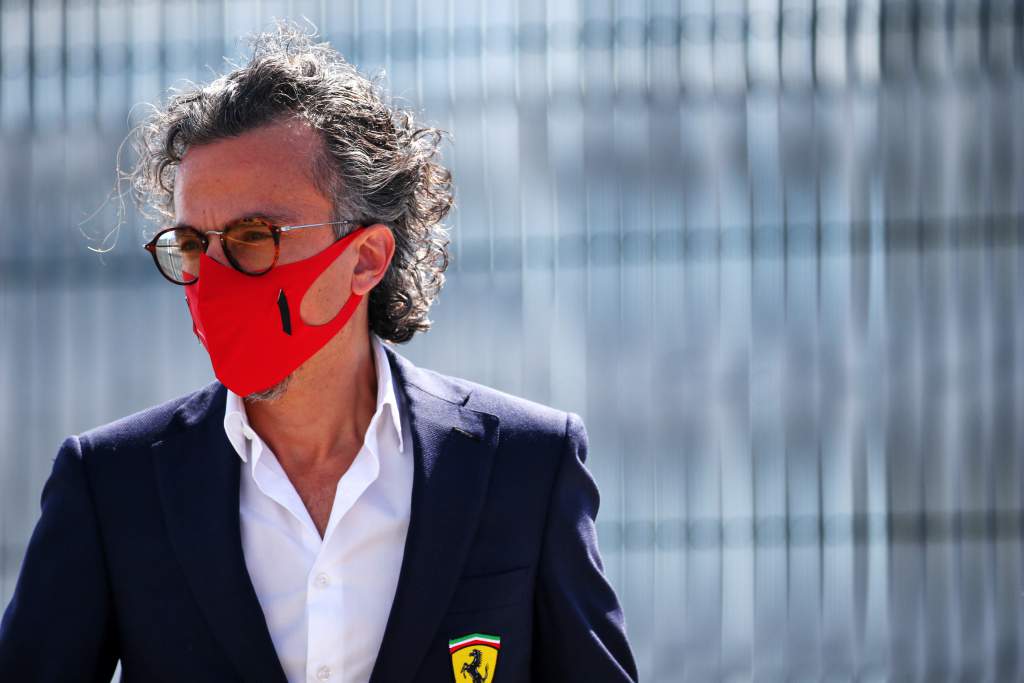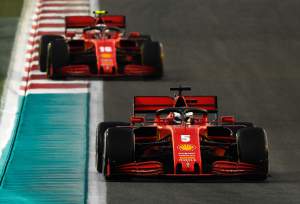Up Next

The latest reorganisation of the Ferrari Formula 1 technical department is the third in eight months, but that’s not as alarming as it sounds.
What is behind the changes are rapidly changing priorities of all the manufacturer teams as they have gone through the process of developing their 2021 power units and chassis at a time of unplanned freezes and limitations.
At Ferrari this challenge was particularly acute given how uncompetitive its 2020 power unit was and how vitally important it was that the homologated ’21 version addressed this – because the opportunities for further tweaks thereafter are so limited.
In the wake of last year’s change in the power unit and chassis homologation requirements – introduced at short notice as a response to the economic constraints the pandemic placed upon F1 – Ferrari instigated the Performance Development department.
This was headed up by former chief of aero Enrico Cardile who had reporting to him the chiefs of the power unit (Enrico Gualtieri), chassis (Simone Resta) and sporting (Laurent Mekies) divisions.
The reorganisation did not involve any dismissals and was made, as team boss Mattia Binotto described it at the time, “to speed up the design and development on the car performance front”, giving clearer lines of responsibilities.
Because Liberty’s all-new aero formula was originally to have come into force this year, there was going to be minimal carry-over from the 2020 car.
But with the postponement of that formula for a year, the aerodynamic limitations of last year’s SF1000 suddenly became much more pressing as they potentially impacted heavily upon this season.
Huge efforts were already being made to come up with a 2021 power unit more suited to meeting the requirements of the late notice technical directives of last year – which had lost Ferrari as much as 65bhp at a time when rival Mercedes was finding around 25bhp.
But now there was an urgency too for the underlying aerodynamic issue to be addressed.
The two fundamentals are of course intimately connected. In creating a car, a team will target a lift:drag ratio which will in theory give the best lap time. Where that is pitched depends heavily upon what horsepower is expected from the power unit.
The SF1000 was conceived in the expectation of considerably more power than it eventually got and hence it had an inappropriate lift:drag ratio built into it. It carried far too much drag for its downforce given that it had 65bhp less than expected to push it through the air.
Under F1’s original plans of introducing the all-new formula in ’21, Ferrari’s development focus was on the power unit and the conception of the new car was unrelated to the development of the SF1000.

But the postponement of that formula – which Ferrari initially opposed – changed the priorities.
Suddenly, creating the ’21 car involved not just the concept team, but also those developing the then-current SF1000. Other teams were in a similar situation but only Ferrari simultaneously had such urgent work ongoing with the power unit, which was to be essentially an all-new engine within the existing architecture.
The draw on resources over such a compressed time was immense and the different development programmes needed to be much more closely coordinated. The Performance Development department was the response to that.
With the power unit programme and the creation of the ’21 car – based heavily upon the SF1000 – now done, the priority once more is chassis and aero of the car for the new regulations, now set for ‘22. So the revised technical structure reflects this.
“I always believe that an organisation has to be dynamic, an organisation has to adapt to what the challenges are,” said Binotto when asked by The Race to explain the reorganisation.
“And certainly we are always facing new challenges today, next year in 2022 a new project, the budget cap.
“So, we believe there was a necessity of making the structure simpler and clearer. Now we’ve got more clarity as well on responsibilities.”
Cardile now heads up a Chassis Group and within it a Performance Group. The Performance Group along with Car Concept (headed by David Sanchez) and Project Engineering (headed by Fabio Montecchi) feeds into the Chassis Group.

Previously track engineering came under the remit of sporting director Mekies (pictured above). As before, Cardile is effectively the technical director in all but name but there has been a revision of priorities in how resources are directed.
In the meantime the former head of the chassis group Resta has been placed on secondment at Haas.
It sounds confusing when written in words, but is actually quite a logical response to the situation in which Ferrari has found itself.
The Performance Development department was a short term answer to a crisis. The revised structure reflects an organisation which believes it is back on a more planned path of development.







